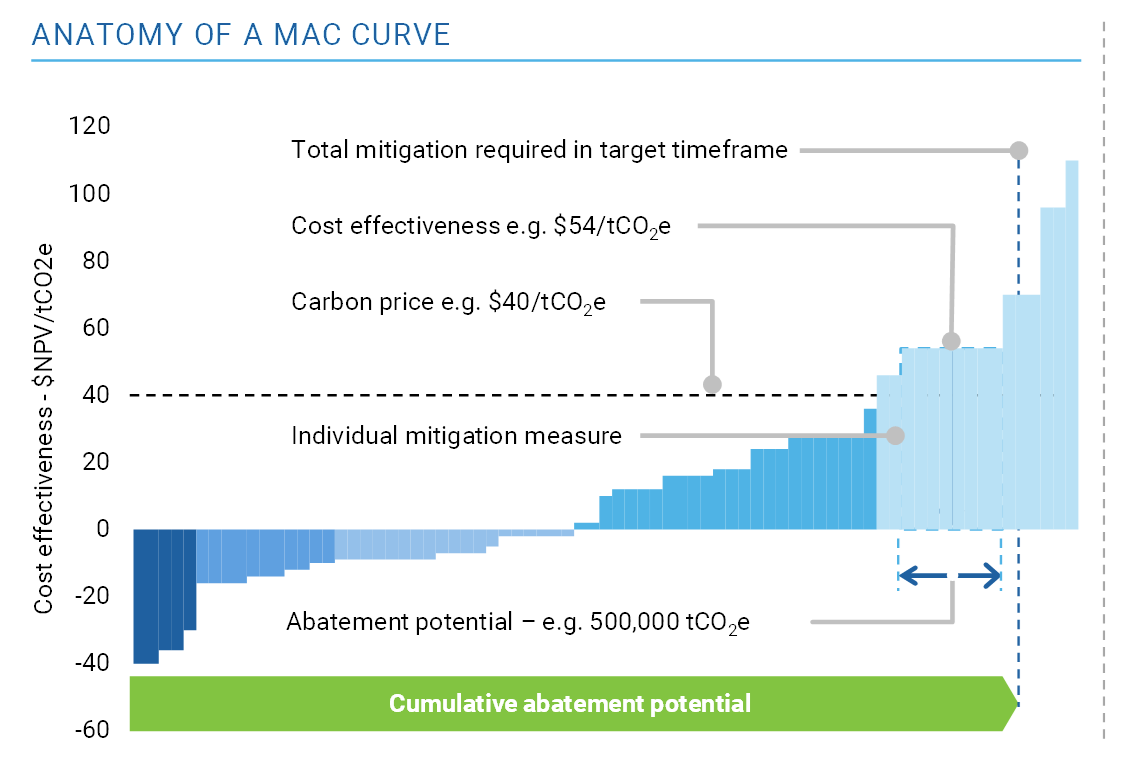CarbonTP advise on a range of emissions management topics, including:
- Source identification, quantification, monitoring and reporting
- Forecasting and scenario development
- Target setting and mitigation to deliver against targets
Source identification, quantification, monitoring and reporting
We help companies identify, quantify and report emissions in compliance with NGERS legislation. In collaboration with our technology partners, we can deliver near real-time emissions monitoring and reporting for your organisation allowing operational decisions to be made cognisant of the emissions impact.
Forecasting and scenario development
CarbonTP creates bottom-up models of future emissions across a range of potential production and project development scenarios. Accurate, model-based emissions forecasts are an essential input to economic decision making, allowing companies to understand the impact of those decisions on their emissions trajectory together with the associated longer term reputational and financial implications.
Target Setting
Targets evolve with a company’s changing carbon ambitions and technological developments, serving a dual purpose:
- signaling intent with respect to decarbonisation to the market and other key stakeholders, and;
- driving behaviour within the organisation towards delivering the target.
CarbonTP can guide your organisation through emissions target setting and work with your team to develop a practical set of emissions targets and intensity trajectories that make sense for your business.



